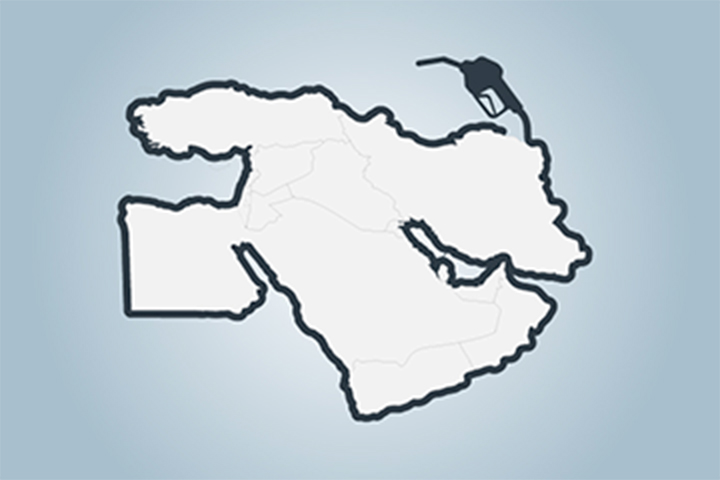What is the difference between a tracker and a fund?

Keytrade Bank
keytradebank.be
April 26, 2022
(updated January 30, 2023)
4 minutes to read
Funds and trackers - which are also known as exchange-traded funds, ETFs or index funds - are popular with investors. This is because they each invest in dozens or even hundreds of shares, bonds or other assets. Instead of creating your own shopping list yourself and having to select from tens of thousands of shares and bonds, you can buy a predefined shopping list with just a few clicks.
Funds and trackers come in different flavours. Whether you want to invest in European banking shares, in emerging countries or in "a bit of everything", the range is very wide.
Although funds and trackers are similar, they also have some important differences. Here are the most important.
Passive versus active management
A tracker tracks the performance of a stock market index or a basket of shares, bonds, currencies and/or commodities. If an index such as the BEL20 rises by 2%, a tracker for that index will also rise by 2% (small variances are possible). A tracker is therefore basically a passive investment instrument: it tries to replicate and mirror an index as accurately as possible, no more and no less. There is a manager who keeps an eye on things, but his or her role is usually limited.
Things are different with an investment fund. The manager and his/her team actively create a shopping list of shares or other assets. They buy the shares that have the most potential according to their strategy, and do not just copy an entire index. The manager can adjust the composition of the fund based on market developments, economic expectations, using computer models, and so on. Different strategies are therefore possible.
Useful to know: the difference between a tracker and a fund is not always quite so black and white. For some trackers there is in fact a manager behind the keyboard who intervenes in the composition, up to a point. On the other hand, there are also "actively managed" funds whose composition is very close to an index (so-called index huggers). Before you buy a tracker or fund, read the documents carefully to understand its investment policy.
Ongoing charges
A second important difference is the cost. As trackers are managed more passively, they have far lower staff, research and management costs.
For example, on the Vanguard S&P500 UCITS ETF tracker (follows the S&P500), you pay only 0.07% in ongoing charges, no entry fees and no performance fee. At the other extreme you can pay more than 2% in ongoing charges, entry fees and a performance fee for certain funds.
In Belgium, the ongoing charges of trackers tend to remain below 0.65%, while the ongoing charges of funds often lie somewhat above 1.5%. A little more or less may not seem much, but over the long term these costs could have a significant impact on your return.
Performance
Funds are therefore generally more expensive than trackers. The question is: are funds worth the higher costs? Not at first sight. Research by Morningstar shows that, after taking charges into account, only 26% of all actively managed funds outperformed the average of their passive rivals over a 10-year period (December 2011 – December 2021).
So why do investors still more often choose funds over trackers even now, if 74% of funds do worse? Indeed, in some efficient markets such as the US, actively managed funds barely manage to beat the indices. However, for certain markets and investment themes or during volatile times, actively managed funds can indeed achieve better results. Do you want to invest in a wide range of US shares, across all sectors? Then a tracker is probably what you should choose. Do you want to invest in a theme such as artificial intelligence, smart mobility or another market where a lot of things are moving? Then a fund with an experienced manager may sometimes be a better choice. In this sense, trackers and funds are not an either/or choice, but rather a this and that plan. Please note: whatever choice you make, you must realise that investments in either can go down in value as well as up.
Transparency of composition
In the case of a tracker, you can always look up what components make up the underlying index. You therefore have total transparency about which shares or bonds you are investing in (provided you google it now and then). The situation is usually different for funds. You will often find the biggest holdings of the fund online, but you will generally have much less insight into the total composition of the fund.
Trading
As a rule, trackers can be traded on the stock exchange all day long, just like shares. That is why they are also called exchange-traded funds. You can find out immediately the price at which you can buy or sell your tracker. This contrasts with ordinary, and therefore unlisted, investment funds where buy and sell orders are pooled once a day. Unlike a tracker, if you buy or sell a fund unit, you do not know in advance what the exact price will be.
Want to get started?
At Keytrade Bank, you can choose from around 6000 trackers and over 600 funds.


